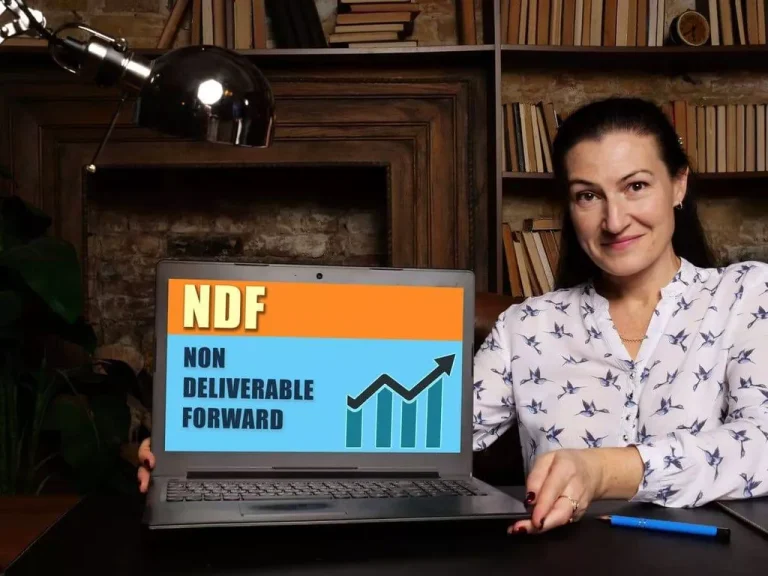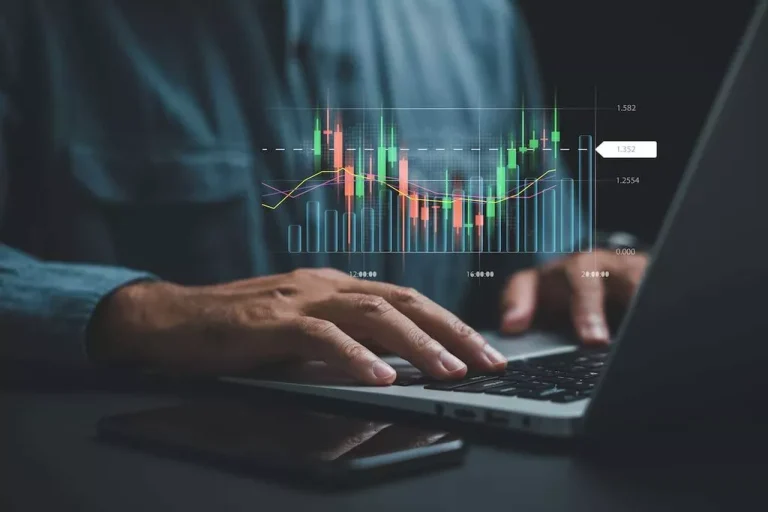Head of Strategy, Wee Kuo, a London School of Economics graduate, has excelled in roles at Genesis and on the Director and Head of Oil Buying And Selling in Asia. Automated Market Makers represent a paradigm shift on the earth of finance. By simplifying the trade process and making it extra accessible, AMMs are not just a component of the DeFi ecosystem; they’re at its very core.

Wintermute provides liquidity on over 50 crypto exchanges worldwide, with a cumulative trading volume of almost $6 trillion as of November 2024. Automated Market Makers (AMMs) form an essential part of the decentralised finance (DeFi) system. AMMs enable users to commerce cryptocurrencies via liquidity pools – pots of tokens deposited by liquidity providers (LPs). By doing this, they take away the necessity to join buyers and sellers via an order book – reducing slippage, allowing trades to take place 24/7, and removing the necessity for centralised financial establishments. In DeFi protocols like an automated market maker, any particular person can create liquidity swimming pools and add liquidity to buying and selling pairs.
The Contribution Of Amms To The Business
Note that the equation highlighted as an example is simply one of many present formulation used to steadiness AMMs. Balancer uses a extra complex method that enables its protocol to bundle as a lot as eight tokens in a single pool. Decentralized Finance (DeFi) has seen an explosion of interest amms meaning on Ethereum and different good contract platforms like BNB Good Chain.
Front-running And Slippage
In traditional finance, a market maker is an individual or entity whose position it is to enable consumers and sellers to exchange items with each other at the best worth possible. Some of the LSE’s member corporations tackle the duty of all the time making a two-way price in every of the stocks in which they make markets. Their prices are those displayed on the Inventory Change Automated Citation (SEAQ) system and it is they who usually cope with brokers buying or promoting inventory on behalf of shoppers. On one other point, liquidity pools are additionally a technique of how cryptocurrency fanatics are capable of earn a passive income, too! Other sections cover staking and liquidity swimming pools, so ensure to check these out – nevertheless, let’s go over the general premise right here. Kyber Network requires important capital contribution and Curve’s liquidity swimming pools are solely open to stablecoins so it’s important to check these if you’re looking to contribute liquidity.
They are greater than only a technological innovation; they’re a testomony to the potential of decentralized systems and the promise they hold for a more equitable financial future. Embracing AMMs and the broader DeFi space requires a willingness to study, adapt, and innovate, however the rewards may be significant for these who are able to take on the challenge. The DeFi house, and by extension AMMs, function in a comparatively new and quickly evolving sector where regulatory frameworks can be unclear or non-existent. This lack of clarity can pose dangers associated to compliance with existing financial laws and future regulatory actions, probably affecting the operation and accessibility https://www.xcritical.com/ of AMM platforms.

What Are The Benefits Of Utilizing Amms?
- However, like all monetary device, they come with their own set of risks and challenges.
- Let’s say you’re a liquidity supplier in an ETH/DAI pool and also you deposit 1 ETH and 1,000 DAI within the pool.
- Nonetheless, in the DeFi ecosystem, liquidity is crowd-sourced from individual users who deposit their belongings into the liquidity pools.
- New liquidity suppliers can dilute present providers’ share of the pool.
- It is also necessary to note that the slippage issues might be considerably different based on totally different AMM protocols.
- As the worth rises, the ratio of ETH and DAI in the pool changes to where there could be now half as much ETH within the pool as earlier than and twice as much DAI.
Instead of trading immediately with different people as with a traditional order e-book, customers trade instantly via the AMM. Automated Market Makers function on a unique principle that sets them aside from traditional market models. At the core of any AMM is the liquidity pool, a digital pile of funds locked in a wise contract. Users, known as liquidity providers, add their funds to these swimming pools and, in return, obtain liquidity tokens. These tokens can later be redeemed for a share of the pool, plus a portion of the buying and selling fees.
This mannequin is just like the CPMM, however the multiplication in the formulation is changed with addition. The liquidity at all times equals the entire quantity of token A plus the total quantity of token B. Synthetix is a protocol for the issuance of synthetic assets that tracks and provides returns for an additional asset without requiring you to hold that asset. Cryptopedia does not guarantee the reliability of the Web Site content material and shall not be held liable for any errors, omissions, or inaccuracies. The opinions and views expressed in any Cryptopedia article are solely these of the author(s) and don’t mirror the opinions of Gemini or its administration.

In this example, impermanent loss is the lack of $1,000 in extra earnings that you would have made from not becoming an LP. Although you may have made some additional returns via LP fees, it could not have been enough in comparison with the $1,000 in lost potential income. Liquidity is a measure of how easily an individual should buy or promote a good with out having an impact on its value. This is primarily decided by how a lot supply is available to buy versus the current demand to buy.
Interestingly, you can find a unique automated market maker algorithm in another Decentralized finance AMM depending on their particular target use cases. On the other hand, the entire AMMs have a prominent similarity amongst them, i.e., the reality that they use algorithms for determining the prices of property. AMMs may help in decentralizing the method of getting good costs on crypto-assets, thereby enabling any individual to create their own market on a blockchain community. Some of the notable examples of AMM crypto exchanges embrace Curve, Uniswap, and Balancer.
In the DeFi house, AMMs play a vital function by offering the infrastructure necessary for numerous financial activities, such as buying and selling, lending, and borrowing, in a decentralized manner. This is significant because it removes the need for conventional financial intermediaries like banks, brokers, and exchanges, thereby lowering costs, enhancing transaction pace, and increasing accessibility. Users can interact directly with good contracts to execute their transactions, making certain transparency and decreasing the possibilities of manipulation or censorship.
The disadvantage of this model is that it does not provide infinite liquidity. One of the main limitations worth noting is the circular conundrum that AMMs face so as to survive. An AMM needs to have liquidity, in any other case it will suffer from low trading quantity.
Both classes use non-custodial smart contracts, and a deterministic pricing rule is carried out between two or more swimming pools of tokens. A DeFi App can implement one kind of AMM mannequin or a mix of several AMM fashions. The means of earning rewards by providing liquidity can additionally be referred to as liquidity mining or yield farming. In the crypto area, the most important market makers are traditional exchanges (CEXs).
























No comment